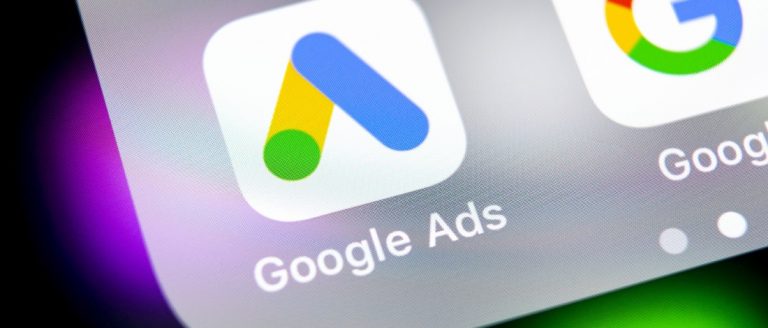There are many factors considered to calculate the overall Google Ads Impression Share (IS) of a PPC account. We have gathered some useful tips on how to grow that KPI further.
What is Impression Share (IS)?
One of the more common metrics of PPC campaigns is the impression share – meaning how many impressions a PPC account gets out of the total number it is eligible to get. The IS metric is the total number of impressions divided by the total eligible number of impressions.
The importance of impression share is clear. The more impressions we get, the more times our ads are shown. And the higher the probability that we will get more clicks and conversions due to increased ad exposure.
How to Grow the Impression Share?
Google Ads has various impression share related metrics: search IS, display IS, search IS lost (budget), display IS lost, and search/display lost IS (rank).
All these metrics indicate the lost percentage of impression shares due to various reasons.
- Budget – that means the account is losing IS due to insufficient budget. If the IS is over 10-15%, one might want to consider growing the budget and see if that affect the IS loss metrics.
- Rank – that means that IS being lost due to lower ad-rank what in turn could indicate on a lower quality-score of the ads, keywords ad landing pages, and the combo of the 3.
In such case it is highly recommended creating more ads, edit the current ones, optimize the landing pages and test on the performance.
Budget, Budget, Budget
One of the quickest ways to boost the impression share is, as nearly always, to grow the ad spend and allocate more budget to the campaign. Yes, Google always likes more money!
For manually managed campaigns, one would want to consider boosting the bids. Another good trick to manipulate the number is to apply a detailed geo-fence list and adjust the bids per the locations that drive the most impressions (rather than to apply a single targeting location/zip code/city).
For merchants who deploy Google Shopping campaigns, they should create a highly detailed and optimized data-feed. The data feed should contain as many identifiers/attributes as possible. This will help with better PLA exposure and IS.
Impression Share and CPA
While the impression share metrics indicate exposure, we must always remember to evaluate the performance with other KPIs.
If we increase the budget, that might affect the CPA, and since growth in the IS does not always mean growth in conversions – we may actually harm our performance at the end of the day, and end up paying more per acquisition.
There’s not always a direct link between impression share and the number of clicks, CTR or CVR, so we need to make sure the metrics make the most fiscal sense within the budget.
Benchmarking for Performance
Here are the easy steps to identify impression share loss and how to fix it.
Review the keyword data. Make sure the PPC campaigns cover all the legacy keywords.
Make sure the legacy keywords convert. Are there irrelevant keywords that drive lots of conversions? Considering pausing these.
If the IS loss is due to a budget that is greater than 10-20% percent, consider allocating more budget to the campaign or boost the bids if you are using manual bidding.
If the IS rank is over 50% – consider producing more ads that contain relevant keyword and targeting.
As always, these search metrics need to make sense not only for Google, but also for the client. If you apply changes or budget updates – be sure to track the performance. And make sure the CPAs make sense, especially after ad-spend increases.
PPC Questions? Drop us a line today!

Allan Todd is CEO of Pagecafe Digital Marketing. In 2022, Allan teamed up with Infront Webworks to provide digital marketing, website design, content marketing, SEO and strategy and solutions to local businesses. Allan lives in Colorado Springs.


